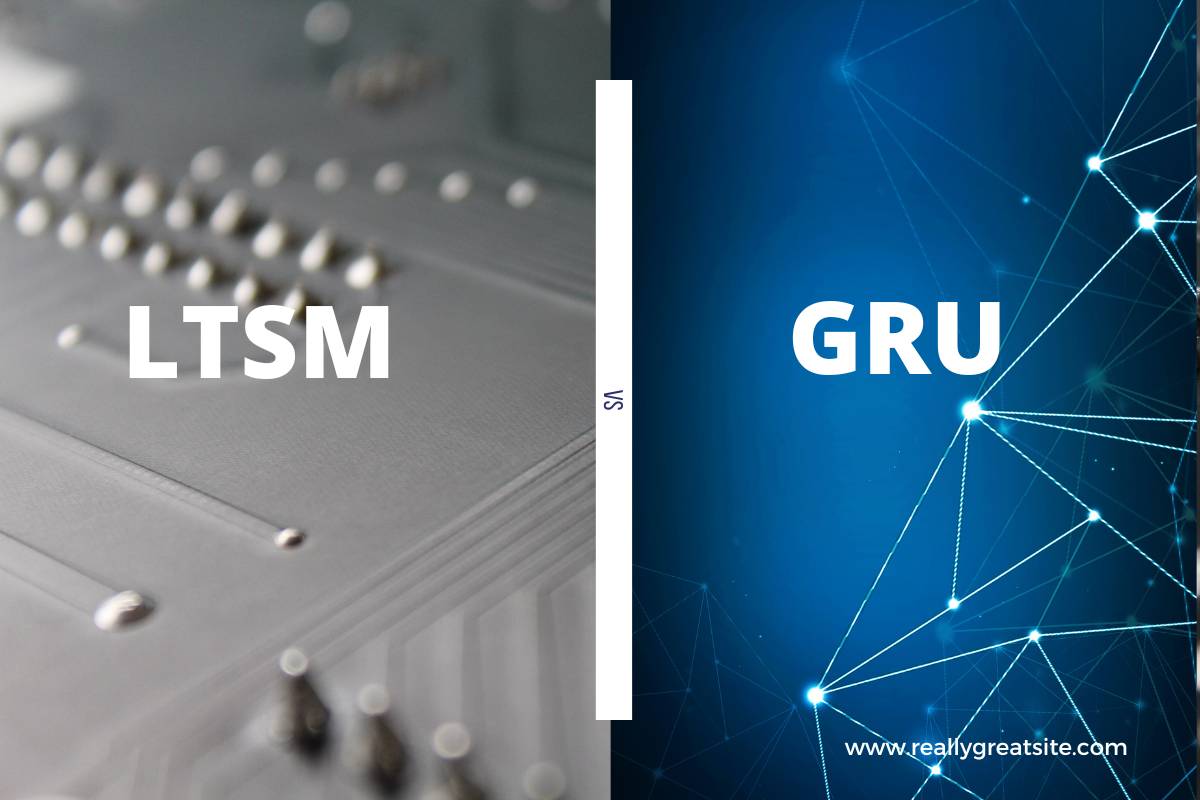Recurrent Neural Networks (RNNs) are popular deep learning models for processing sequential data. They have been successfully applied in various domains, such as speech recognition, language modeling, and natural language processing. However, training RNNs is a challenging task due to the vanishing and exploding gradient problems. To mitigate these issues, several types of RNNs have been proposed, including Long Short-Term Memory (LSTM) and Gated Recurrent Unit (GRU) networks. In this article, we will compare these two models and highlight their strengths and weaknesses.
Table of Contents
- Introduction
- Understanding RNNs
- LSTM Architecture
- GRU Architecture
- Comparison of LSTM and GRU
- Strengths of LSTM
- Weaknesses of LSTM
- Strengths of GRU
- Weaknesses of GRU
- Performance Comparison
- Applications of LSTM and GRU
- Conclusion
- FAQs
Introduction
RNNs are neural networks with loops that allow them to process sequential data. However, the standard RNN suffers from the vanishing gradient problem, which prevents it from effectively learning long-term dependencies. LSTM and GRU are two variants of the standard RNN that address this issue. LSTM was introduced by Hochreiter and Schmidhuber in 1997, while GRU was proposed by Cho et al. in 2014.
Understanding RNNs
Before we dive into LSTM and GRU, let’s first understand the basics of RNNs. In an RNN, the output at time step t depends not only on the input at time step t but also on the previous outputs. The simplest form of an RNN is the Elman network, which has a single hidden layer and is trained using backpropagation through time. However, as mentioned earlier, the standard RNN suffers from the vanishing gradient problem, which hinders its ability to learn long-term dependencies.
LSTM Architecture
LSTM is a type of RNN that uses a memory cell to store information over time. The memory cell is connected to three gates: the input gate, the output gate, and the forget gate. The input gate controls the amount of new information that is stored in the memory cell. The output gate controls the amount of information that is retrieved from the memory cell. The forget gate controls the amount of information that is removed from the memory cell.
GRU Architecture
GRU is another type of RNN that also uses gates to control the flow of information. However, it has only two gates: the update gate and the reset gate. The update gate controls the amount of new information that is integrated into the previous state. The reset gate controls the amount of previous information that is discarded.
Comparison of LSTM and GRU
LSTM and GRU are similar in that they both use gates to control the flow of information. However, LSTM has three gates, while GRU has only two gates. This makes LSTM more expressive than GRU, but also more complex. Moreover, LSTM has a separate memory cell, while GRU combines the memory cell and the hidden state into a single vector.
Strengths of LSTM
LSTM has several strengths that make it a popular choice for processing sequential data. First, it can effectively learn long-term dependencies, thanks to its memory cell and forget gate. Second, it can handle variable-length sequences, which is important in many real-world applications. Third, it can prevent overfitting by using dropout or recurrent dropout.
Weaknesses of LSTM
Despite its strengths, LSTM also has some weaknesses. First, it is more complex than the standard RNN and requires more computational resources. Second, it is prone to overfitting if the dataset is small or noisy. Third, it may suffer from gradient exploding if the weights are not properly initialized or if the learning rate is too high.
Strengths of GRU
GRU also has several strengths that make it a competitive alternative to LSTM. First, it is simpler and more computationally efficient than LSTM, which makes it faster to train and easier to deploy. Second, it requires less data to train and can handle noisy datasets better. Third, it can learn complex patterns in the data without overfitting, thanks to its update and reset gates.
Weaknesses of GRU
Despite its strengths, GRU also has some weaknesses. First, it may not be as effective as LSTM in learning long-term dependencies, especially in complex tasks. Second, it may suffer from gradient vanishing if the dataset is too large or the weights are not properly initialized. Third, it may not generalize well to unseen data if the dataset is biased or unrepresentative.
Performance Comparison
Several studies have compared the performance of LSTM and GRU on various tasks, such as speech recognition, language modeling, and sentiment analysis. The results are mixed, with some studies showing that LSTM outperforms GRU and others showing the opposite. However, most studies agree that LSTM and GRU are both effective in processing sequential data and that their performance depends on the specific task and dataset.
Applications of LSTM and GRU
LSTM and GRU have been used in various applications, including:
- Speech recognition: LSTM and GRU are used to recognize speech and transcribe it into text.
- Language modeling: LSTM and GRU are used to generate text that mimics human language.
- Machine translation: LSTM and GRU are used to translate text from one language to another.
- Sentiment analysis: LSTM and GRU are used to classify text based on its sentiment, such as positive or negative.
- Music composition: LSTM and GRU are used to generate new music based on existing music samples.
Conclusion
In conclusion, LSTM and GRU are two popular types of RNNs that address the vanishing gradient problem and can effectively learn long-term dependencies in sequential data. LSTM is more expressive and can handle variable-length sequences, but is also more complex and computationally expensive. GRU is simpler and more computationally efficient, but may not be as effective in learning long-term dependencies. The choice between LSTM and GRU depends on the specific task and dataset, and both models have been successfully used in various applications.










Leave a Reply